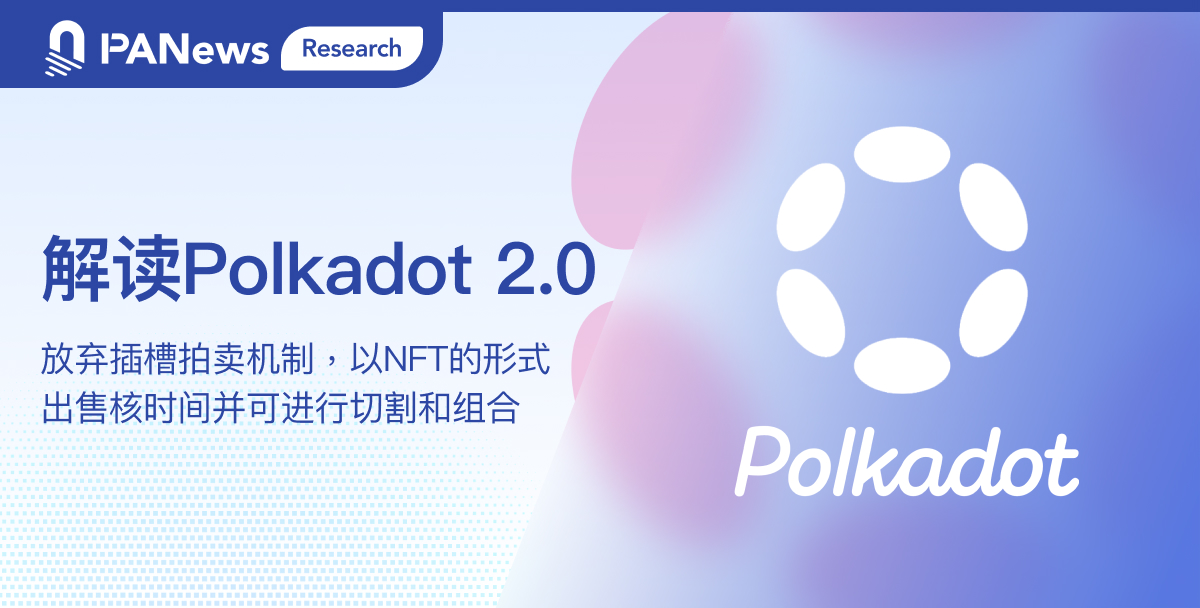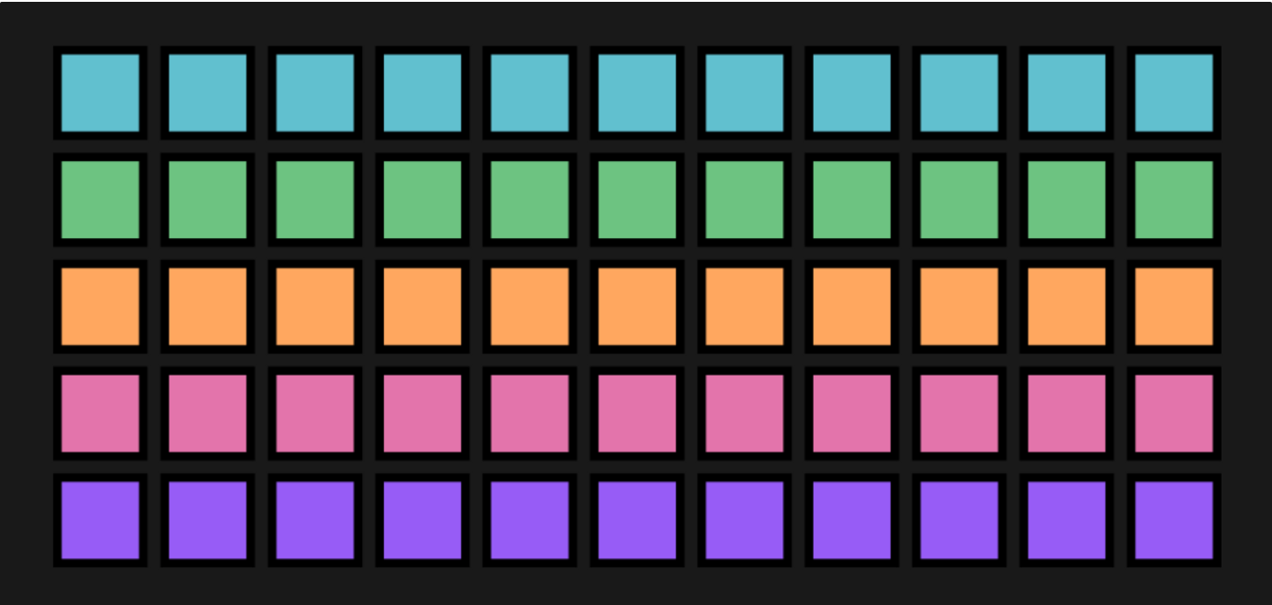
Author: Jiang Haibo, LianGuaiNews
Polkadot and Cosmos were both star projects in the previous cycle, characterized by “interoperability” and “application chains”, and the number of active developers for both projects ranked at the forefront in public chains. However, with the emergence of modular and open-source solutions such as OP Stack, there are more solutions for “blockchain as a service”, and chains compatible with EVM are more likely to attract funds and users, reducing the competitiveness of Polkadot and Cosmos in “one-click chain deployment”.
This period has been difficult for both Polkadot and Cosmos, and Polkadot also faces the problem of unlocking the locked tokens for participation in slot auctions (or leasing). The tokens that need to be locked for the new auction are almost negligible. Therefore, Gavin Wood, the founder of Polkadot, proposed the idea of Polkadot 2.0, shifting the focus from chains to block space and applications.
- Using Snapshot as an example, unveiling the on-chain DAO governance model
- Saying goodbye to the recession, here are 10 reasons to pay attention to the recent developments in the Cosmos ecosystem.
- OP Stack has been sequentially adopted by major brands, what are the opportunities for the Optimism ecosystem?
The Current Situation and Challenges of Polkadot 1.0
Polkadot is a blockchain protocol developed by LianGuairity Technologies (also founded by Gavin Wood). Its design is to achieve interoperability between different blockchain networks, allowing different blockchain systems to communicate and share information. Its main components include: relay chain, parachains, parathreads, and cross-chain bridges. Parachains do not need to maintain their own security facilities, and all security is provided by the relay chain, which is shared by the parachains.
Polkadot’s functionality has been perfected, and the codebase is about to be released. The “slots” on Polkadot are rented out for periods of 6 months to 2 years, and parachains obtain positions on the relay chain through auctions. The funds (DOT) participating in the auction will only be locked and not consumed, and will be fully refunded upon expiration. In general, parachain projects raise funds from users in the form of “crowdloan” with native tokens as incentives for participating in auctions.
The first round of parachain slot auctions on Polkadot started in November 2021, and the first batch of projects that successfully won slots are about to expire. The first slot was won by Acala, with over 81,000 community members contributing over 32 million DOTs, with the price of DOT at that time close to $50, and the funds participating in Acala’s slot auction reached $1.3 billion.
Now, the slots from the first-round auction will expire in a few months, and the locked tokens will also be unlocked. According to the original plan, if subsequent auctions also require a large amount of tokens to be locked, it will not affect the price of DOT. However, the funds required for slot auctions are getting lower and lower. In June of this year, the Moonbeam Foundation completed the 44th slot auction with self-raised funds alone, successfully extending the lease for 2 years. During this period, the price of DOT also dropped from over $50 at the beginning of the auction to around $5.
Polkadot, which claims to achieve secure sharing and solve the problem of information silos between chains, also frequently encounters security issues with assets on parallel chains. For example, there has been an increase in the issuance of Acala’s AUSD in the top parallel chain, and many assets on Moonbeam come from the cross-chain bridge Multichain, where funds have been abnormally transferred.
With the maturity of modular chain launch solutions like OP Stack, competition among underlying chains is intensifying. This will inevitably compress the space for new well-known projects to adopt Polkadot’s solution for launching chains. The existing auction mechanism needs to change in order to lower the barrier for developers to enter the Polkadot ecosystem.
The Transformation of Polkadot 2.0
At the Polkadot Decoded conference at the end of June, Gavin Wood proposed a new perspective for Polkadot 2.0. He redefines Polkadot as a multi-core computer running many applications. The relay chains in Polkadot will become the foundation of a supercomputer, providing the most resilient and versatile continuous computation. Polkadot 2.0 will abandon the existing parallel chain slot auction mechanism and shift from being chain-centric to block space and application-centric, making the system more resilient.
According to Gavin Wood, the Polkadot supercomputer currently has about 50 cores and will grow to 500-1,000 in the future. In terms of performance, the bandwidth of each core is equivalent to 1 MiB/s, the Geekbench 5 test score for computational power is about 380, and the latency is 6 seconds. These data will improve as hardware advances.
The parallel chains will be protected by these cores, and smart contracts can also be directly hosted on the cores. This avoids the need for customized chain infrastructure, improves computing power, and reduces costs, transforming Polkadot into a world computer.
New Core Leasing Mechanism
In the existing mechanism, the auction of slots is not flexible enough, and usually requires a one-time auction of slots for two years, resulting in high barriers for new parallel chains to join. In the new leasing mechanism, cores will be allocated based on core time (Coretime), including batch leasing and instant leasing conducted monthly. The batch leasing plan accounts for 75% of the total and will sell 4 weeks of core time at a fixed price. Instant leasing will be priced by automated market makers, aiming to allow projects to purchase as needed and fully utilize all cores.
The core time obtained from batch auctions will exist in the form of NFTs, which can be segmented and combined, bringing various gameplay possibilities, summarized as follows:
- Can be consumed to allocate corresponding time periods on Polkadot cores;
- Can be moved between chains and traded like other NFTs;
- Can be split into NFTs with smaller time periods and sold separately on the market;
- Can be allocated to individual projects or multiple projects for rotating use;
- Multiple cores can be combined to form more powerful computing capabilities.
As shown in the figure below, if each row is seen as the running status of a core over a period of time, and each block represents a core time. In the original scheme, there would be a continuous row of complete blocks of the same color, indicating that a project obtained two years of continuous usage time through a slot auction.

The new solution shown below can divide and combine cores and core time. A project can still participate in leasing for several months continuously, similar to before. It can also be leased to other projects when not needed. Multiple projects can run on one core, and one project can be run on multiple cores to improve performance.

The remaining time of the parallel chain slot that has been auctioned will still be valid. It will have a basic performance, and on this basis, latency can be reduced by sacrificing bandwidth or by using additional cores to reduce latency and improve performance.
Summary
With the maturity of the new chain issuance plan and the decline in the attractiveness of Polkadot, the amount of DOT required for slot auction pledging has decreased. The plan to lease a slot for two years is not flexible enough and hinders the entry of new projects.
Gavin Wood proposed a new leasing plan, where core time will be leased in the form of NFTs, which can be divided and combined arbitrarily, such as leasing core time to others when idle, running multiple projects on one core, or running one project on multiple cores to improve performance.
Like what you're reading? Subscribe to our top stories.
We will continue to update Gambling Chain; if you have any questions or suggestions, please contact us!